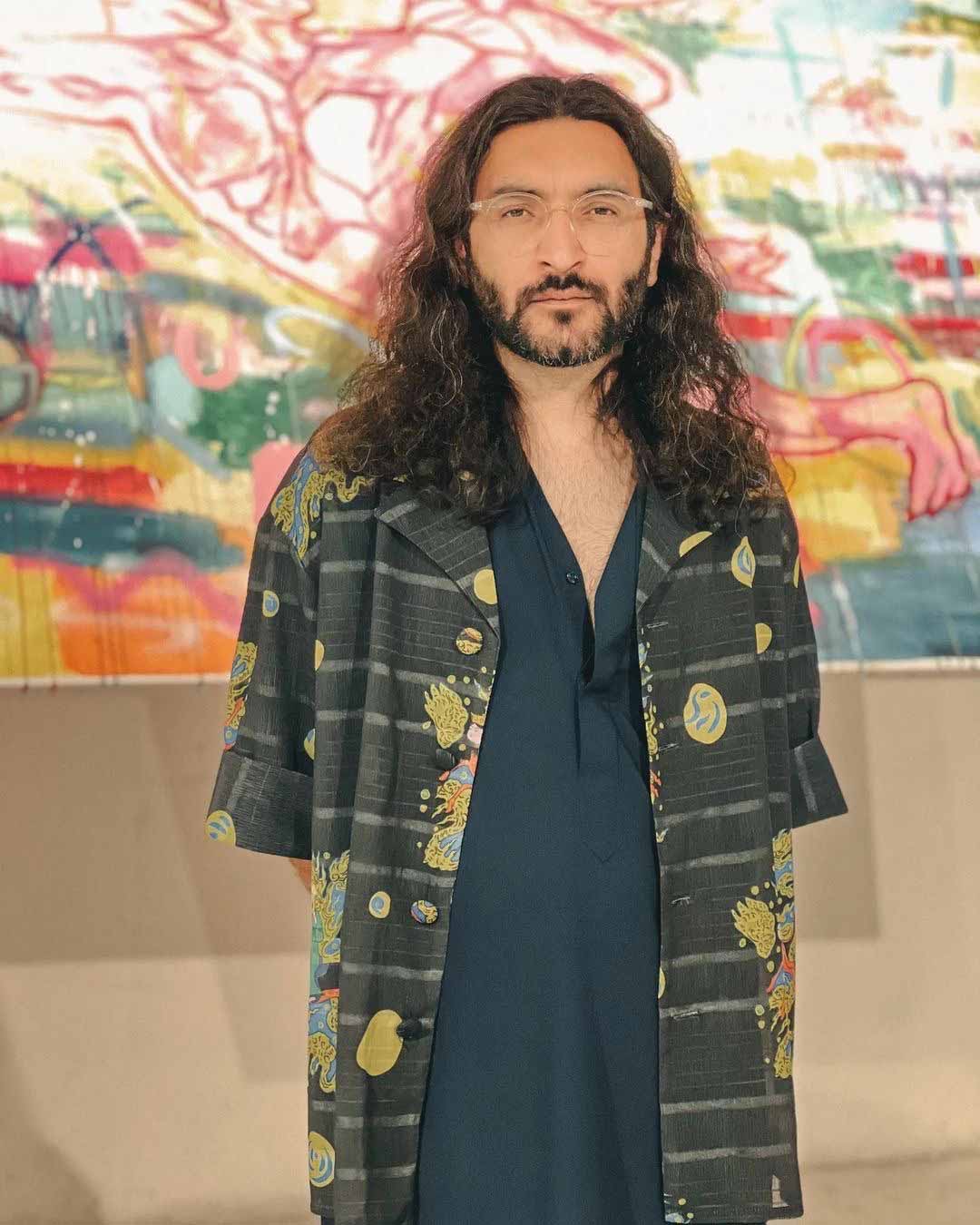


Rahimi
| Zartosht Rahimi
Born in Esfahan, Iran 1989
| Biography
Zartosht Rahimi, born in 1989 in Esfahan, Iran, holds a Bachelor’s degree in Graphic Design and a Master of Painting From Soureh Art University. He has begun his professional career with Tarrahan Azad Gallery and presented his artworks at various solo and group exhibitions so far. Having the experience of working with different media such as graphics, illustration, painting, video and installation, he has tried to extend and connect the features of these media for creating artworks which often focus on social issues, politics, folk culture and art. He has also organized and held numerous exhibitions as a curator. His efforts in this context have focused on introducing young and emerging artists, as well as raising political and social issues by using a variety of media. Zartosht Rahimi has exhibited his works in over thirty solo and group exhibitions in Canada, Germany, France, the United States and Norway and Iran. Currently, he livesand works in Tehran, Iran.
| Professional Life
The artworks of "Zartosht Rahimi' specifically include universal concepts related to society, politics, culture, and their integration with personal and daily concerns and challenges of life. Militarism, assim-ilation, and war are among the primary topics that form the main foundation of the works, and follow up the secondary topics and their impacts, and in this way a wider range of issues are also considered. Clothing is widely used as a tool for replication in military industries, and the visual figure of military uniforms plays an effective role in camouflage, concealment and creating panic, in addition to unity and discipline. The core and his visual entry into the subject of recruitment begins through this window, and spreads his ideas on this basis in many of drawings and paintings, as well as installations and videos which he creates. Yet, history, high-speed media events, common moral contradictions in politics and society, as well as personal and fictional stories help to narrate his works in a parodic and humorous way, and will also lead to reflection of much wider issues in other fields. Rahimi>s relationship with the audience of these works is formed through pictorial ideas and visual at-tractions by means of exciting and unlimited use of color, as well as narration and storytelling to the audience. This form of illustrated expression which has historical and traditional roots in Iranian visual art, takes on a new figure with unrestricted entry and integration of more efficient media, and leaves the final decision to enter, complete and expand this feature to the audience.


